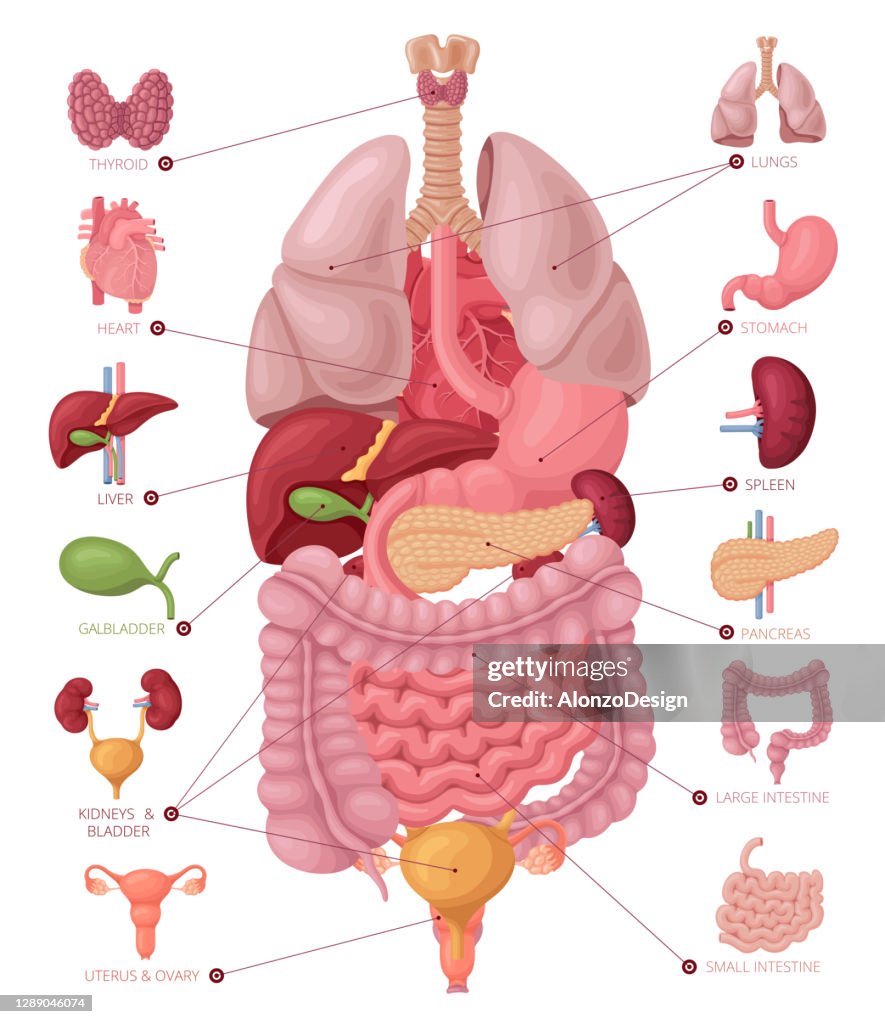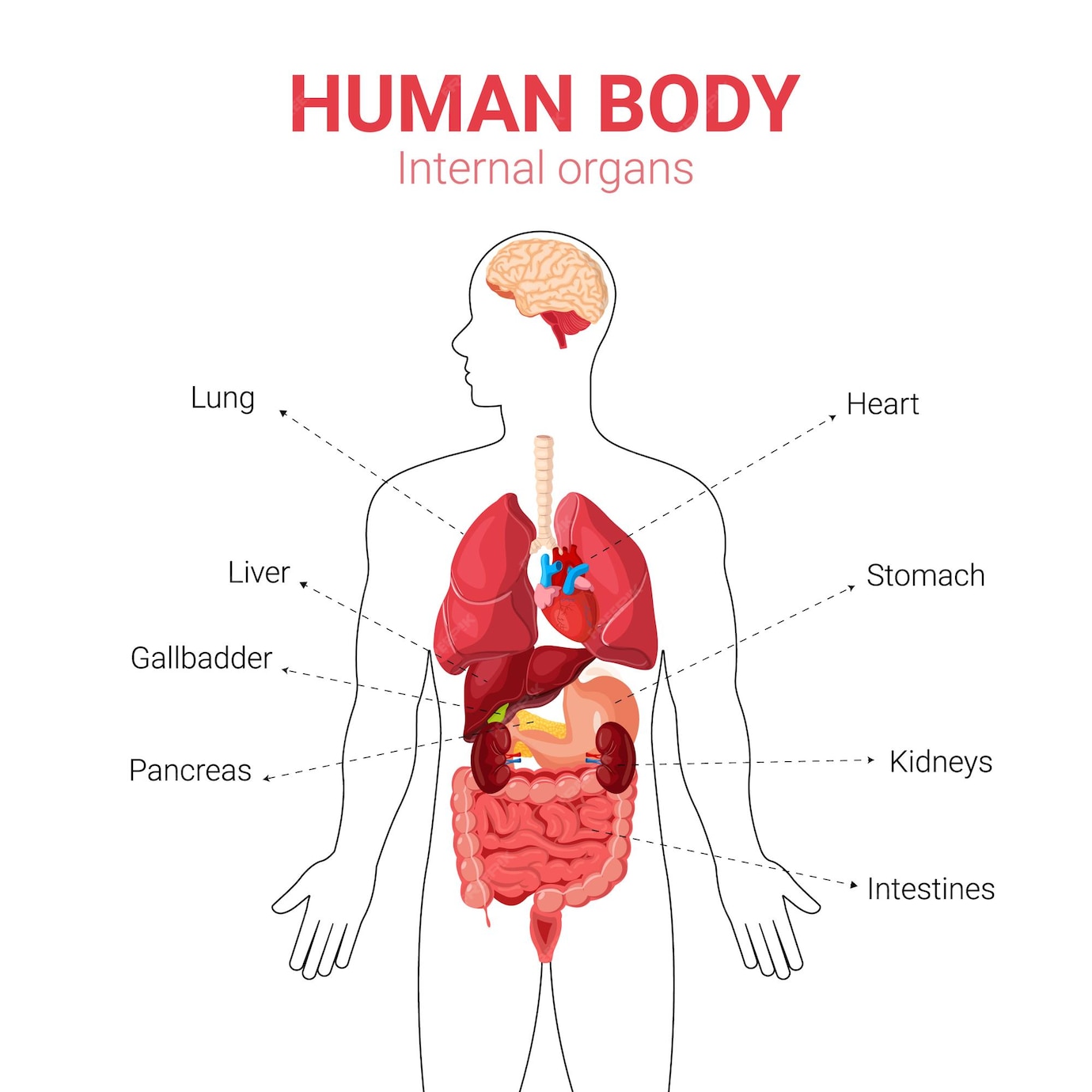Organ Chart

The Evolution and Impact of Organizational Charts: A Comprehensive Analysis
Organizational charts, often referred to as “org charts,” are visual representations of a company’s structure, hierarchy, and reporting relationships. While they may seem like simple tools, their evolution, design, and impact on modern organizations are far more complex and influential than one might initially assume. This article delves into the historical development of org charts, their various types, best practices for design, and their role in shaping corporate culture and efficiency.
Historical Evolution of Organizational Charts
The concept of organizational charts dates back to the late 19th century, coinciding with the rise of large-scale industrial enterprises. The first known org chart was created in 1854 by Daniel McCallum, a superintendent of the New York and Erie Railroad, to manage the complexities of his growing workforce. This early example laid the foundation for visualizing hierarchical structures, which became essential as businesses expanded in size and complexity.
During the 20th century, org charts became a staple in corporate management, particularly with the rise of multinational corporations. Today, they are used not only to depict structure but also to facilitate communication, strategic planning, and employee onboarding.
Types of Organizational Charts
Org charts can be categorized based on their structure and purpose. Here are the most common types:
Hierarchical Charts
The traditional top-down model, where the CEO sits at the top, followed by layers of management and employees. This type is ideal for large, stable organizations with clear chains of command.Flat Charts
Common in startups and small businesses, these charts minimize management layers, promoting agility and direct communication.Matrix Charts
Used in project-based organizations, matrix charts show both functional and project-based reporting lines, allowing employees to report to multiple managers.Divisional Charts
Organizations structured by divisions (e.g., geographic regions or product lines) use these charts to highlight autonomy and specialization.
| Type | Best For | Pros | Cons |
|---|---|---|---|
| Hierarchical | Large, stable companies | Clear authority, structured roles | Slow decision-making, rigidity |
| Flat | Startups, small teams | Agility, direct communication | Lack of clear roles, potential chaos |
| Matrix | Project-based organizations | Flexibility, resource sharing | Conflicting priorities, complexity |
| Divisional | Diversified companies | Autonomy, specialization | Duplication of resources, silos |

Designing Effective Organizational Charts
Creating an org chart is more than just mapping roles; it requires careful consideration of design principles to ensure clarity and usability.
Tools like Microsoft Visio, Lucidchart, and OrgChart Now simplify the process, offering templates and automation features.
The Impact of Org Charts on Corporate Culture
An org chart does more than illustrate structure—it shapes how employees perceive their roles and the organization as a whole.
"An org chart is not just a map of roles; it’s a reflection of a company’s values and culture. How it’s designed can either empower or limit its workforce." – Leadership Expert, Jane Doe
Future Trends in Organizational Charts
As workplaces evolve, so do org charts. Emerging trends include:
- Dynamic Charts: Real-time updates to reflect changes in roles and structures.
- Inclusion of Remote Teams: Visualizing distributed workforces across geographies.
- AI Integration: Using AI to automate chart creation and updates.
- Focus on Teams, Not Just Roles: Highlighting cross-functional teams rather than individual positions.
FAQ Section
What is the purpose of an organizational chart?
+An organizational chart visually represents a company’s structure, hierarchy, and reporting relationships, aiding in communication, onboarding, and strategic planning.
How often should an org chart be updated?
+Org charts should be updated whenever there are significant changes in roles, departments, or reporting lines, ideally in real-time for accuracy.
Can small businesses benefit from org charts?
+Yes, even small businesses can benefit from org charts as they provide clarity on roles and responsibilities, fostering accountability and growth.
What tools are best for creating org charts?
+Popular tools include Microsoft Visio, Lucidchart, OrgChart Now, and Google Workspace, offering templates and automation features.
How do org charts impact employee morale?
+Org charts can boost morale by providing clarity on roles and career paths but may hinder it if perceived as rigid or hierarchical.
Conclusion
Organizational charts are more than just diagrams; they are powerful tools that shape how organizations function and evolve. From their historical roots to their modern applications, org charts continue to play a critical role in managing complexity, fostering transparency, and driving efficiency. As workplaces become more dynamic and decentralized, the design and use of org charts will need to adapt, ensuring they remain relevant in the ever-changing corporate landscape.
Key Takeaway: An effective org chart is not just about mapping roles—it’s about creating a visual framework that supports communication, collaboration, and growth.